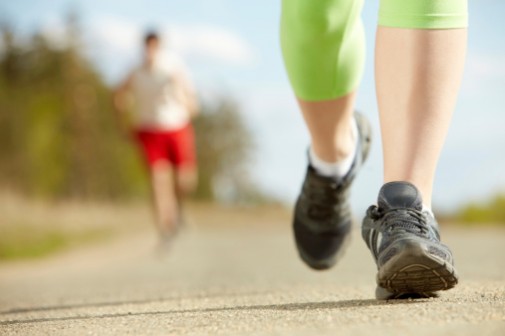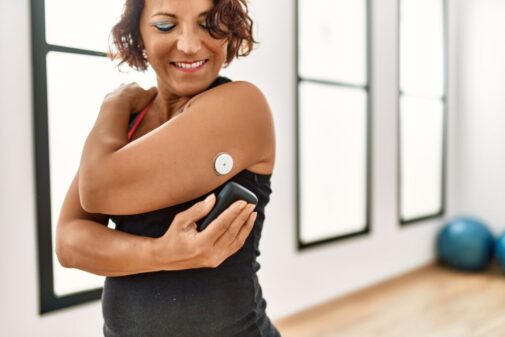Got blisters?

With the Chicago Marathon just days away and whether you are training for the big 26.2 mile race or are just a casual runner, at some point you may have fallen victim to the blister.
You can feel them forming on your feet, but if you are like many runners, you continue to push through the discomfort only to discover a puffy piece of skin on your foot once your shoes come off. So what is the best way to treat a newly formed blister and how can you prevent them in the future?
Beat the blister
The easiest way to treat a blister is to prevent one from developing, says Erin Holland, certified running coach and fitness instructor/personal trainer at the Good Samaritan Health and Wellness Center in Downers Grove, Ill. First, make sure your running shoes fit right. When choosing running shoes, make sure to purchase a pair that is at least a half size bigger than your street shoe size as feet tend to swell while running.
“Blisters are a result of frictional forces that separate the skin layers,” explains Dr. Brian Burgess, a podiatrist at Good Samaritan Hospital. “The pressure then causes the area of separation to fill with fluid.”
“One common source of friction comes from socks rubbing on skin, especially when feet become moist. To keep your feet dry, purchase socks designed specifically for running,” says Holland. “Running socks are made of synthetic fabrics that take moisture away from feet. This material also prevents the sock from bunching up which can also cause blisters.”
Some runners also find that wearing two pairs of socks is an effective way to prevent blisters. This alternative helps so that the socks rub against each other rather than rubbing on skin, Holland says.
Treating the blister
“A small blister should not be popped since the best protection against infection is the blister’s own skin roof,” Dr. Burgess says. “Large blisters or those that are painful should be popped, cleansed daily and covered with antibiotic ointment and a bandage.”
Dr. Burgess recommends that you stop running if you are experiencing pain from a blister.
“Continuing to run with a blister can actually make the blister worse, predispose the area to infection and slow the healing process,” he says. “If runners have a race that they need to run in before the blister heals, covering the area with moleskin or athletic tape can provide comfort and protection.”
Holland also suggests that if blisters develop on a regular basis, it’s a good idea to find out what is causing the issue. So before gearing up for your next morning run, she says to first check your shoes and socks so you can keep your feet blister free.
Related Posts
Comments
About the Author
health enews staff is a group of experienced writers from our Advocate Health Care and Aurora Health Care sites, which also includes freelance or intern writers.

















